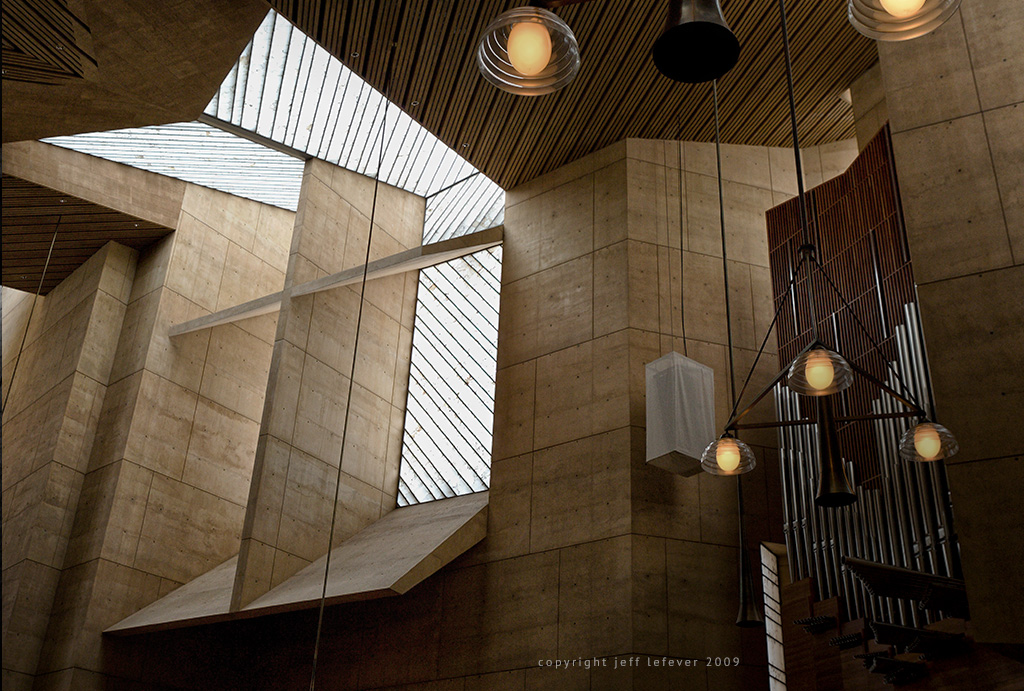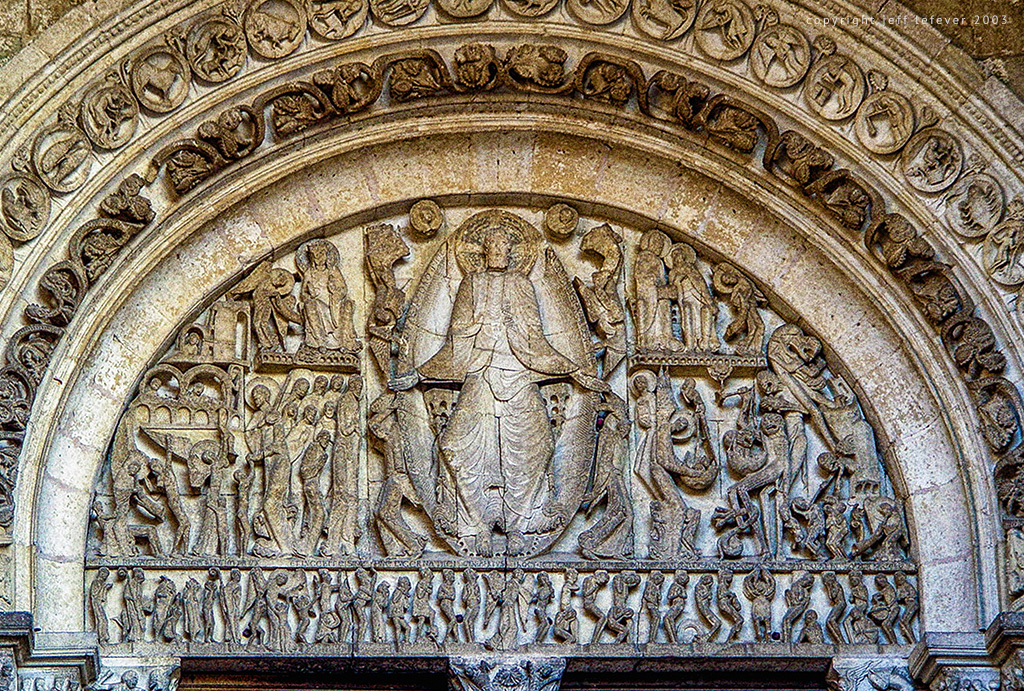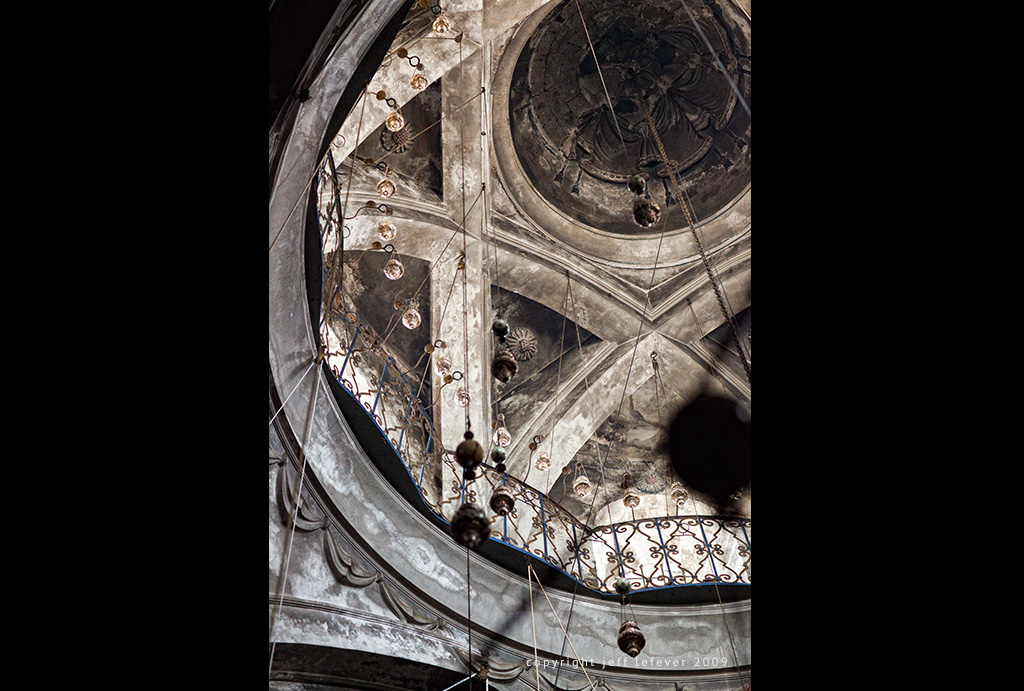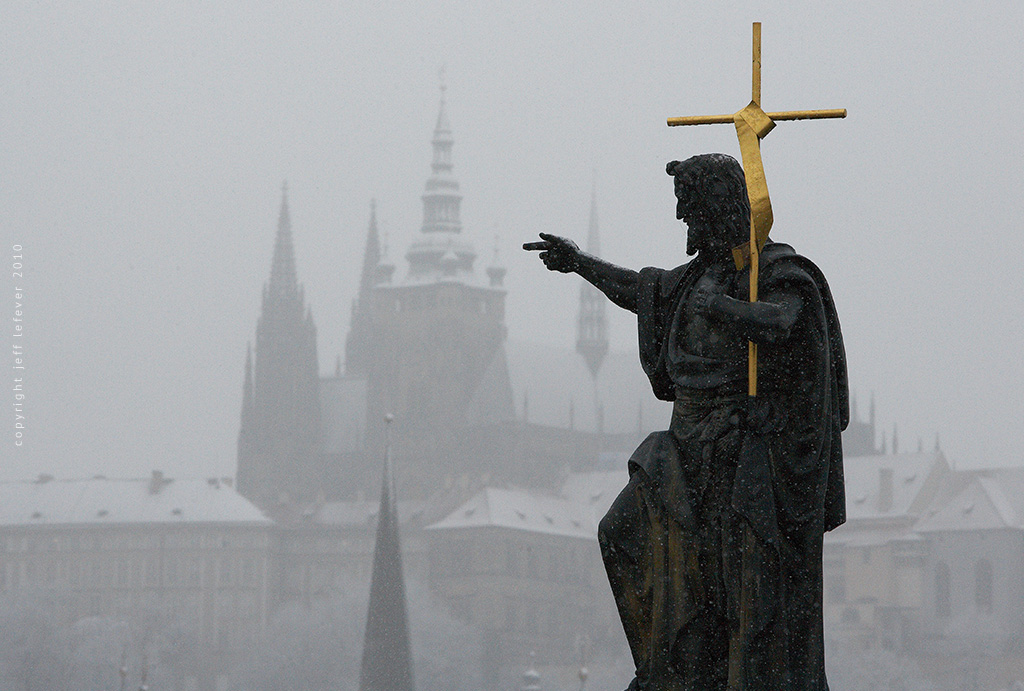The theology-revealing symbol, when powerfully expressed, is potent.
I want to share the thoughts given by Abbot Suger as he espoused delight encountering the symbolism present in the first Gothic styled church: his abbey of St. Denis. Consider the poetics, putting beauty and love into perception, or rather an expression poetically born from love and beauty.
Read this excerpt about the main doors of St. Denis from Abbot Suger’s writings:
“Whoever thou art, if thou seekest to extol the glory of these doors, marvel not at the gold and the expense but at the craftsmanship of the work. Bright is the noble work; but, being nobly bright, the work should brighten the minds, so that they may travel, through the true lights, to the True Light where Christ is the true door. In what manner it be inherent in this world the golden door defines: The dull mind rises in truth through that which is material and, in seeing this light, is resurrected from its former submersion.”
More insight to Abbot Suger’s thoughts.
If you have not read this paper, please do, and if you have read this already, enjoy it again like a favorite meal!
This is an anagogical view, looking beyond the physical manifestation to the spiritual essence that lays beyond. Few builders outside the orthodox traditions and few even involved with liturgy incorporate such considerations like those in the Abbot’s expression, of the meaning imbued in earthly material by the hands of the craftsmen, artisans, artists, and designers of Abbey St. Denis.
Some would say true art is lost in many of the contemporary structures that lean toward minimalism and the catchall excuse that light itself is the only metaphor necessary to accommodate the mystery of God.
Here is a pleasant surprise found at Our Lady of Angels – the Los Angeles Cathedral.
Despite the weight of the concrete, its mass, and awkward in-your-face presence, and despite the contested design and protested expense of construction, the artists gave us a lovely theological expression, as clear as the weight of its presence.
Above the tortured, life-sized, accessible “to the touch” crucified Christ is a window of light, divided with the horizontal of man and the vertical of God, representing the theology of the cross of salvation (where the two met), an idea and an act prepared in heaven before we were born (created). The heavenly mystery, the salvific plan, and destiny from before time fill our world with the Divine Light (metaphor), while below is the reminder of that plan played out represented in bronze, covered in a patina, worn off at the feet by the touch of the faithful in prayer and hope.
The Grand Theology revealed, expressed in concrete, alabaster, light, and bronze.
~JWL



